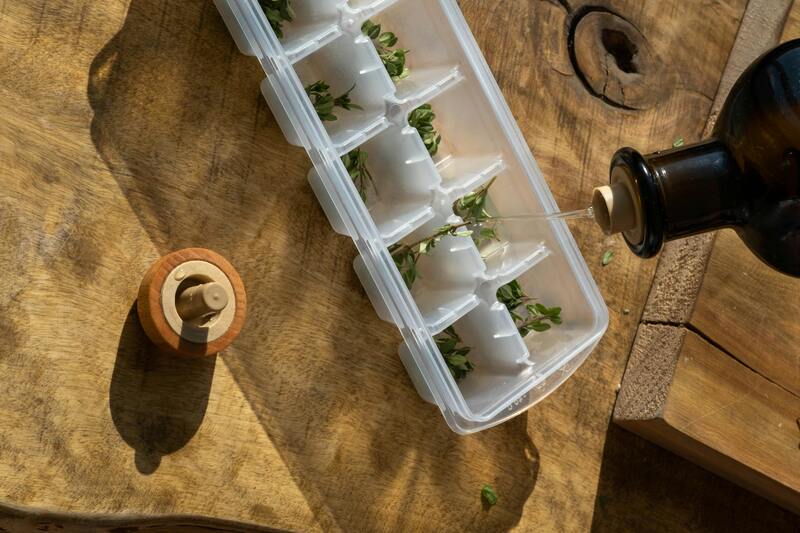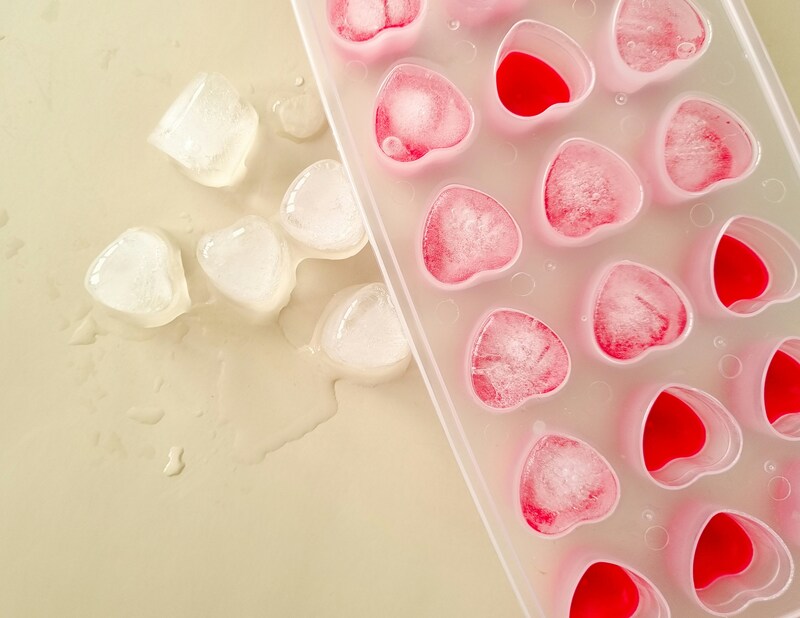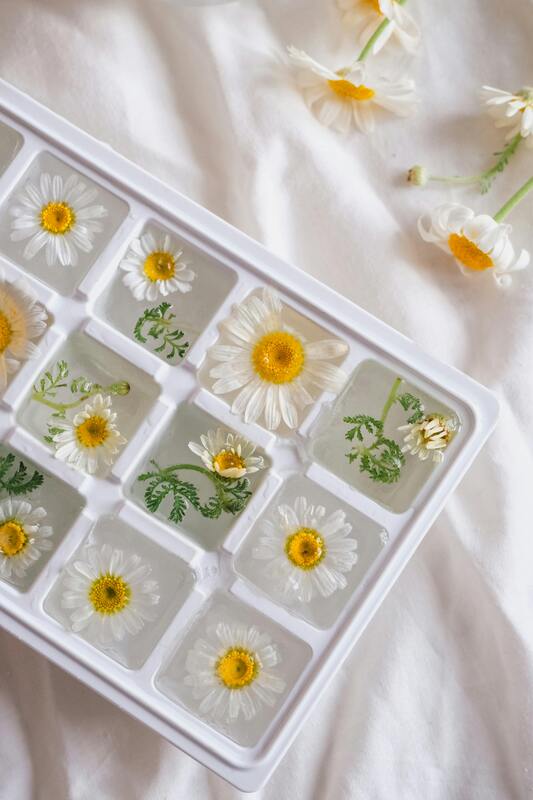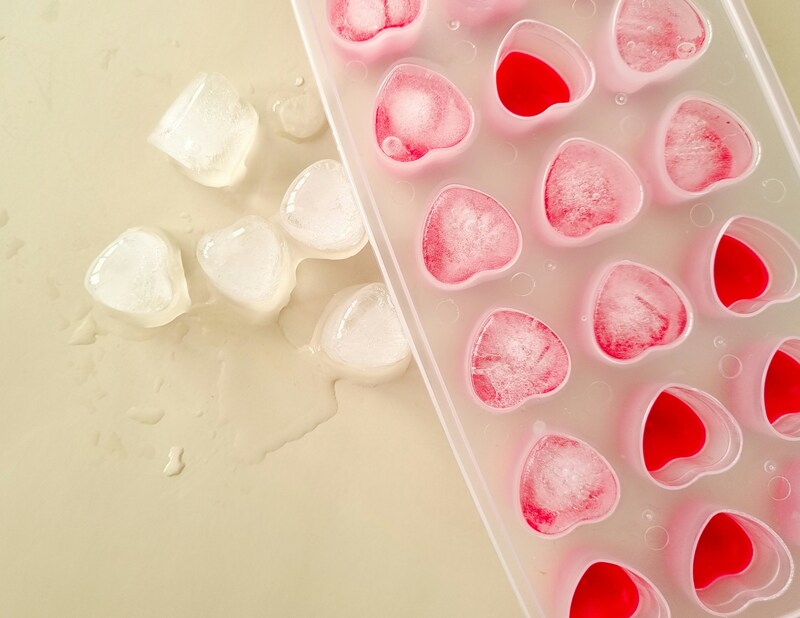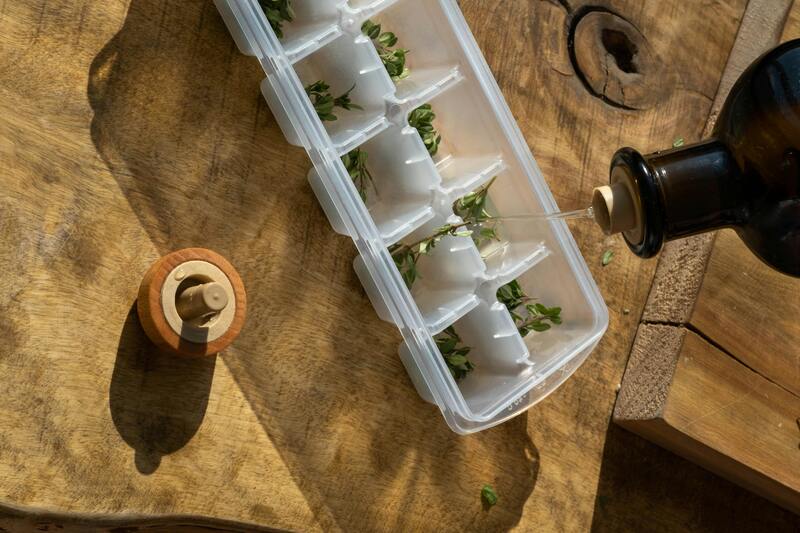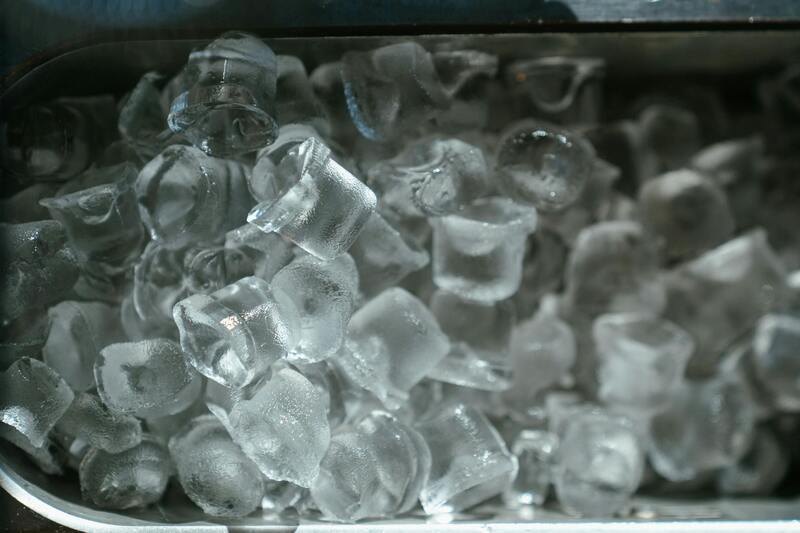|
Materials UsedDifferent materials serve different purposes:
a) Plastic (Polyethylene, Polypropylene)
|
Shapes and Sizes of Ice Cubes
The tray determines how the ice forms. Standard or creative options include:
How Ice Freezes in Trays (The Science)
|
|
Temperature Behavior
Design Features Look out for:
Non-Freezing UsesSurprisingly versatile:
|
|
Ice Tray Innovations
Maintenance Tips
Fun Facts
|
Physics of Ice Cubes in Trays
Culinary & Beverage CreativityIce cube trays aren’t just for water — chefs and mixologists use them creatively:
🥂 For Beverages:
- Latent heat of fusion: It takes a lot of energy removal (334 J/g) to convert water to ice. That’s why freezing takes longer than cooling water.
- Surface tension in trays: Water often forms a slight dome due to cohesion before freezing, especially in smooth plastic trays.
- Supercooling effect: If undisturbed, water can go below 0°C without freezing. Tapping the tray might suddenly crystallize all water.
Culinary & Beverage CreativityIce cube trays aren’t just for water — chefs and mixologists use them creatively:
🥂 For Beverages:
- Frozen wine for cooking or sangria
- Coconut water cubes for smoothies
- Juice cubes for mocktails and punch
- Cucumber or mint cubes for spa water
- Frozen stocks and broths
- Sauce portions (pesto, tomato paste, curry base)
- Frozen garlic or ginger purée
- Lemon juice + zest cubes
- No-bake fudge cubes
- Chocolate shell molds
- Mini cheesecake bites
- Frozen yogurt cubes with berries
|
Unusual Uses of Ice Cube Trays
Ice cube trays can serve odd but clever roles: 🛠 DIY & Household:
|
